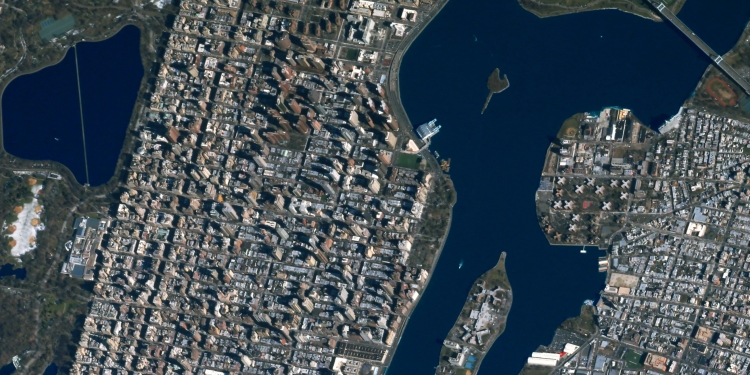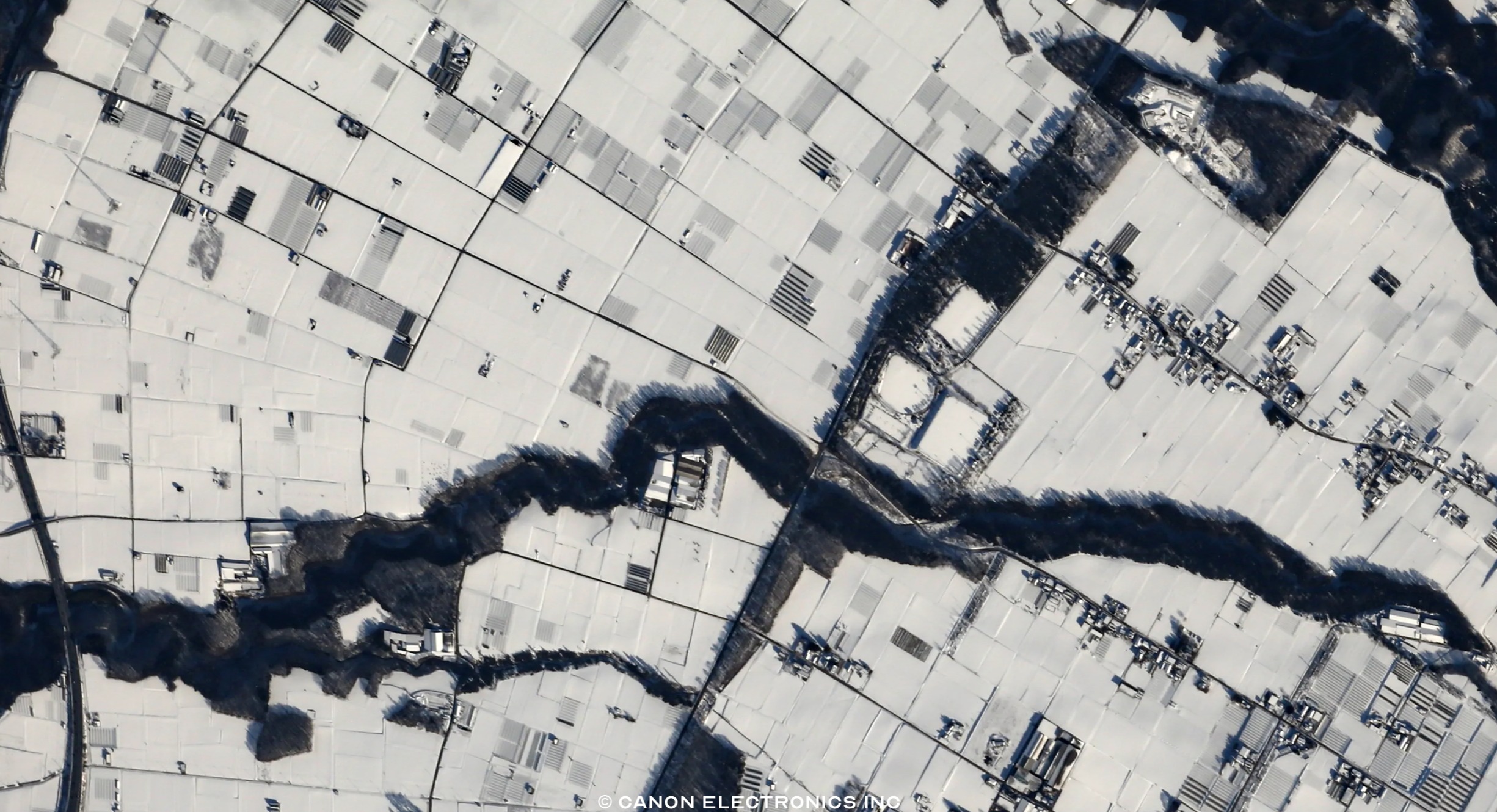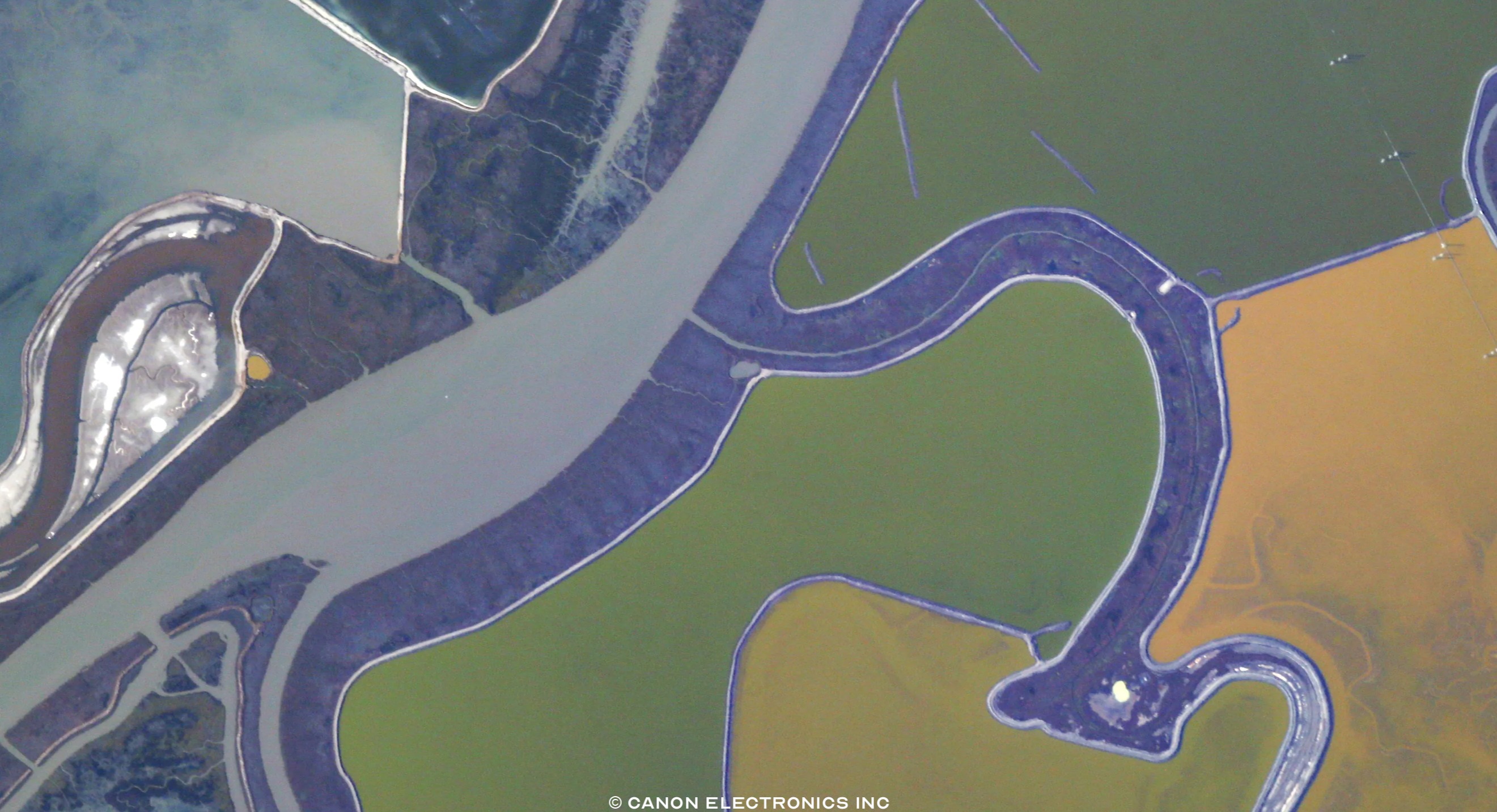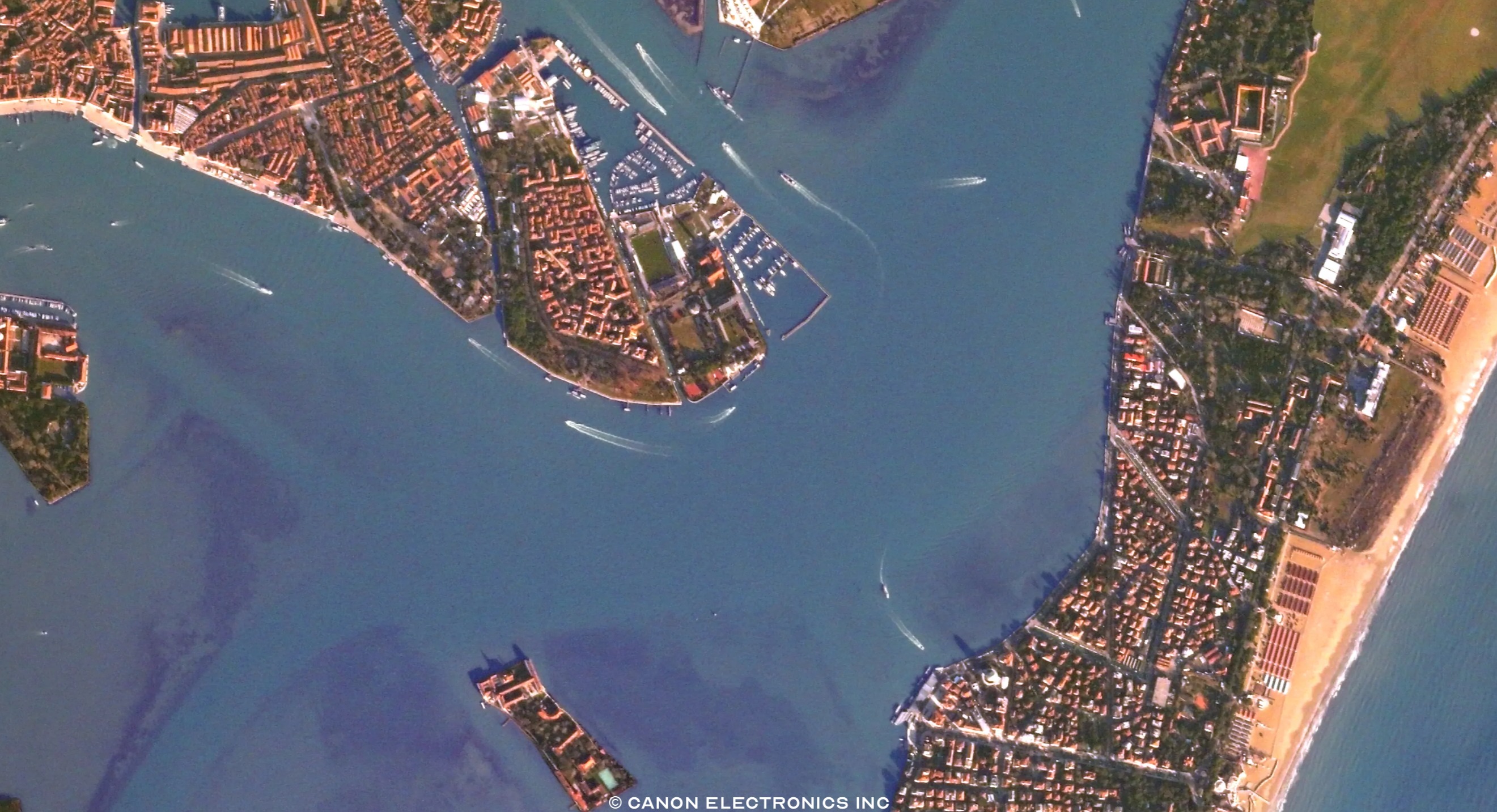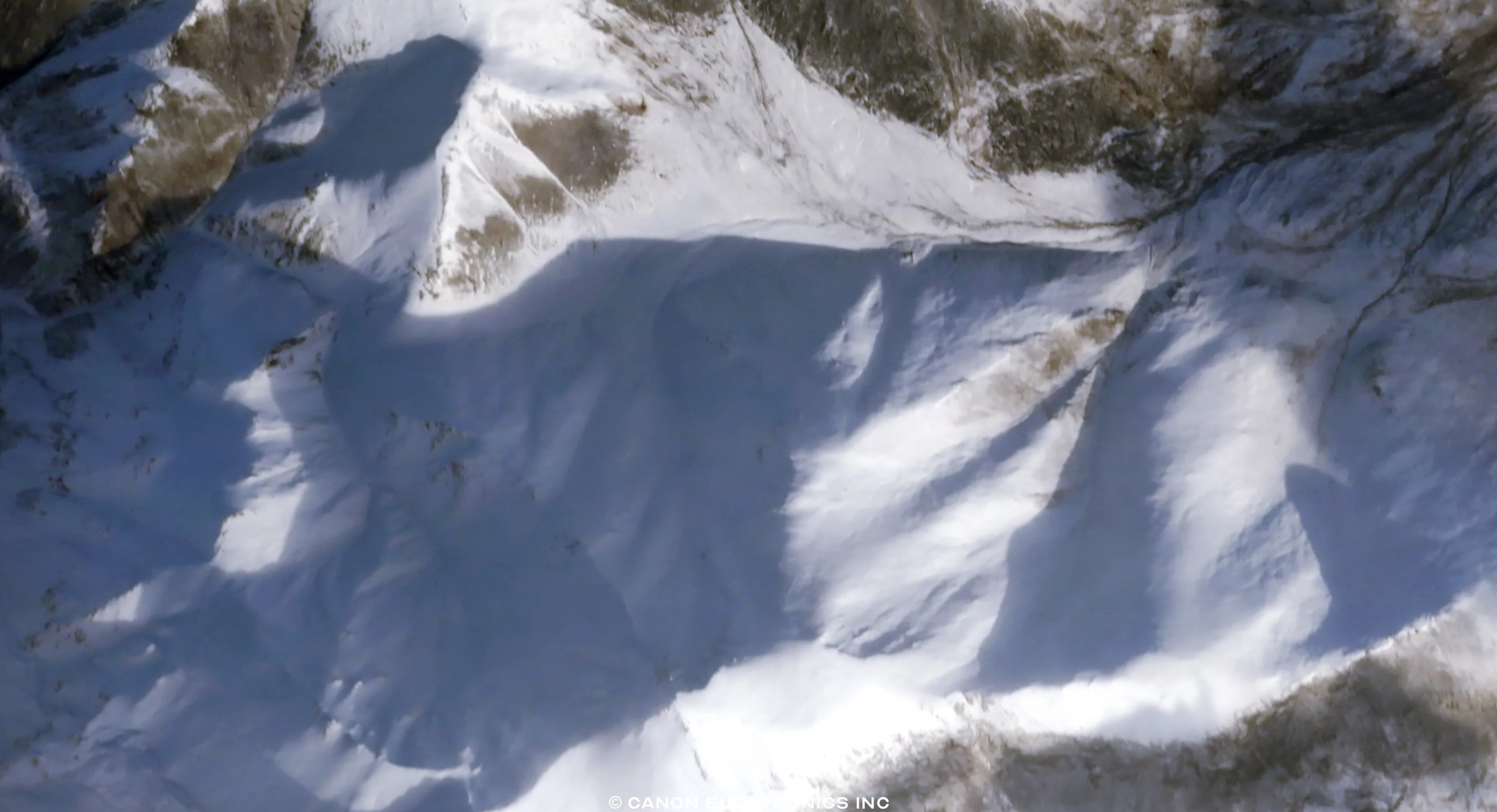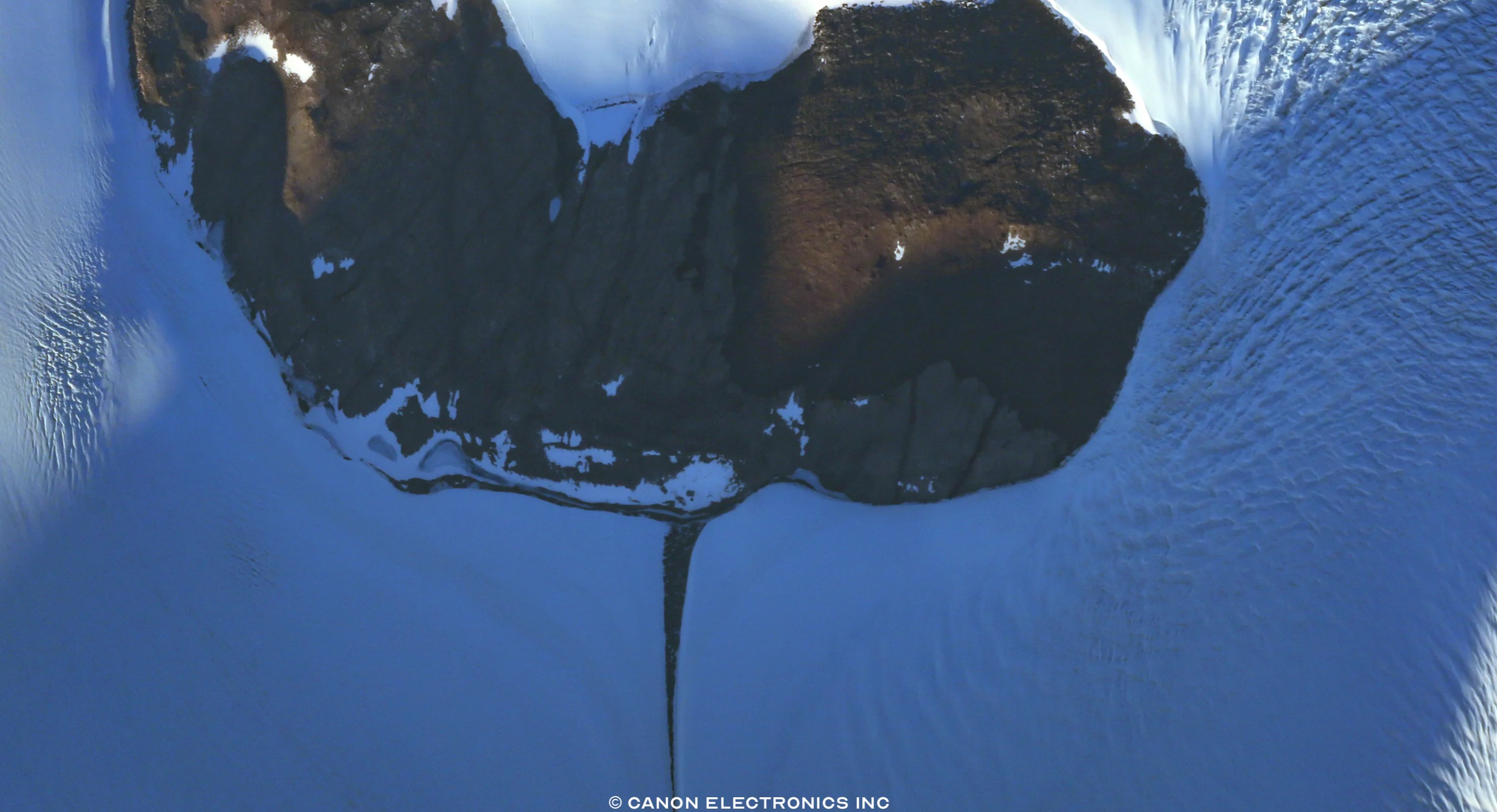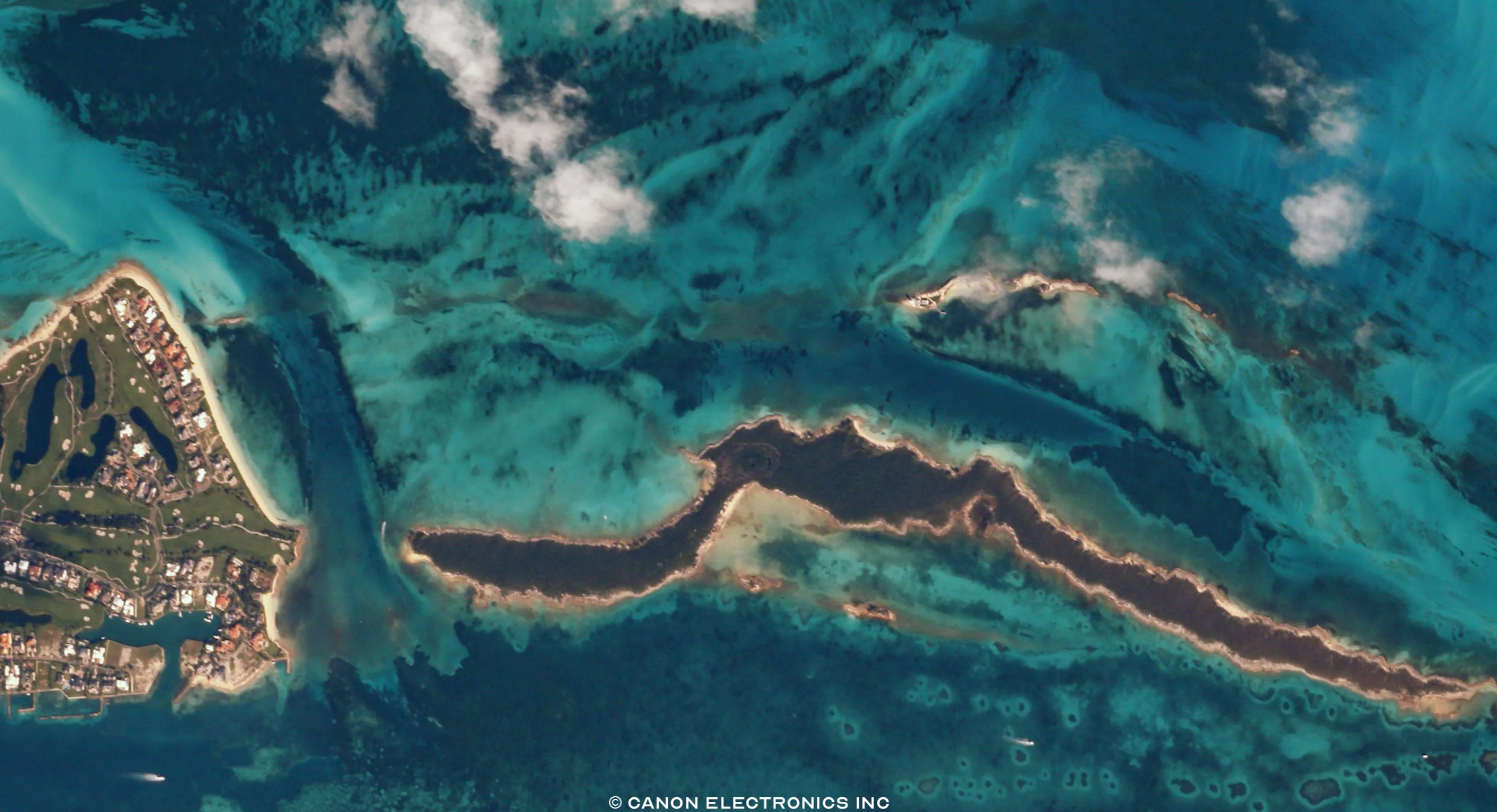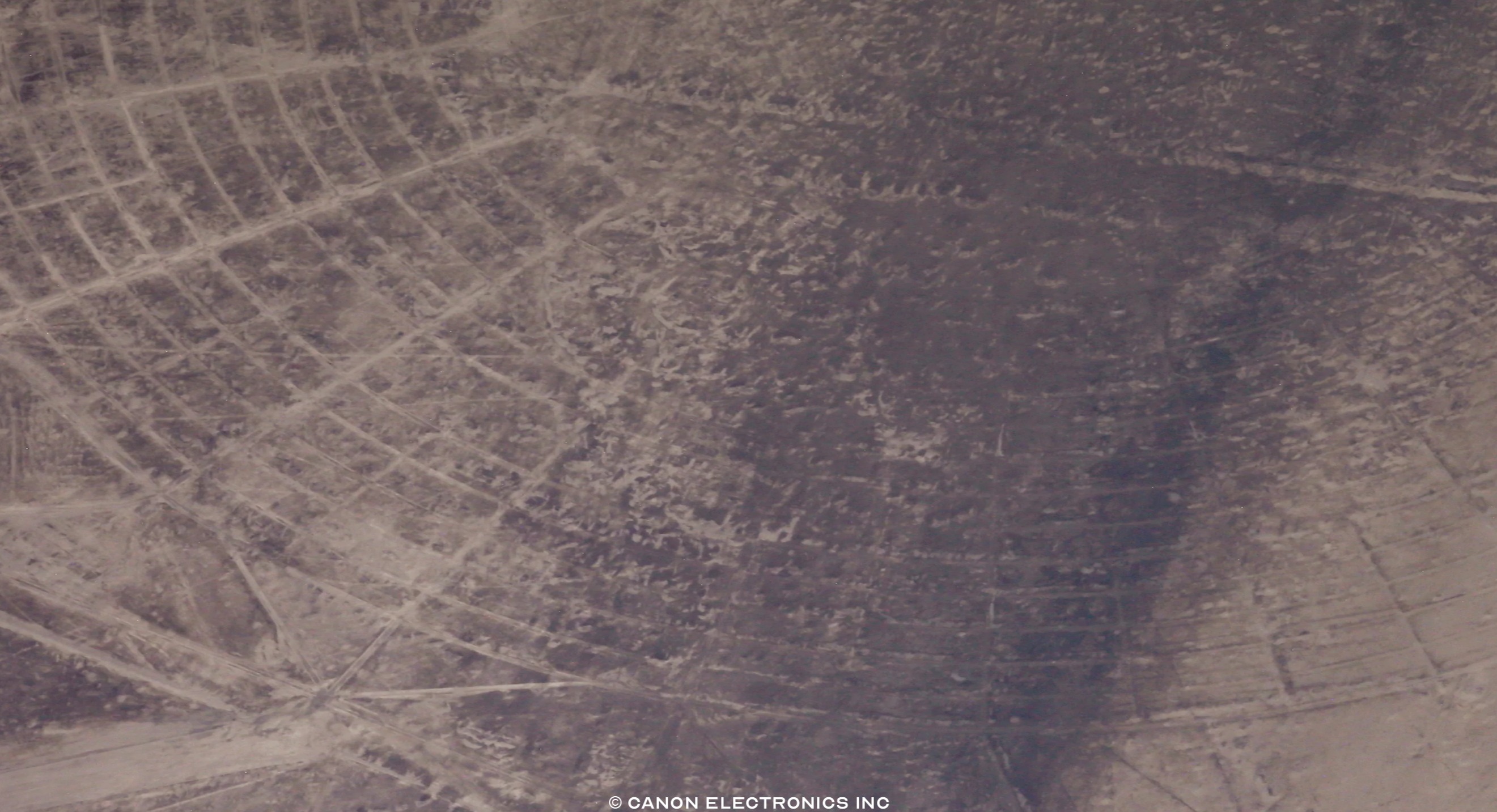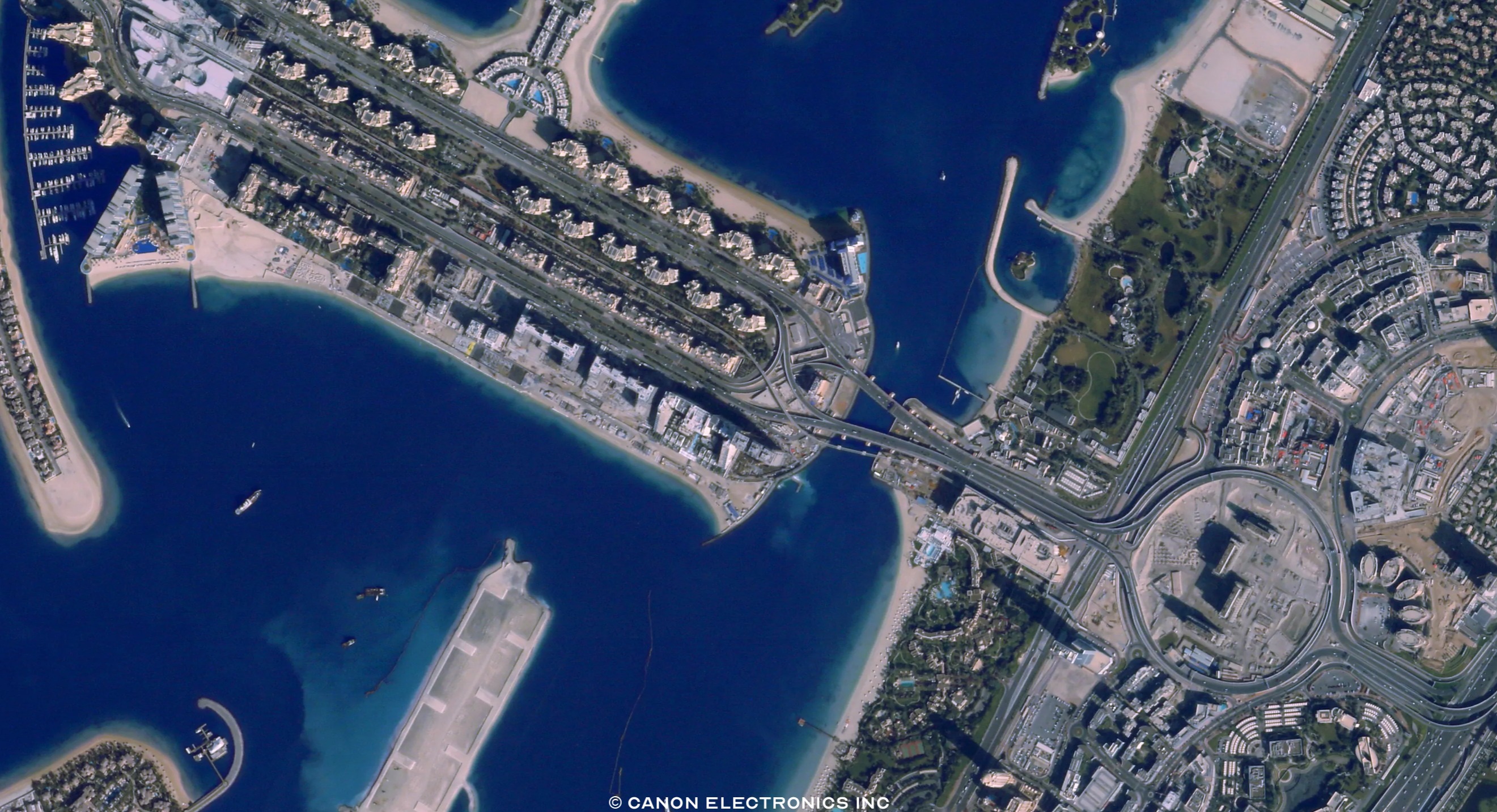Canon has unveiled an interactive website which lets you take pictures of different parts of the world from space using its CE-SAT-1 satellite. However, it isn’t exactly like Google Maps—it uses pre-captured imagery from only 9 parts of the Earth.
Once you enter the site, you’ll be taken to a beautiful shot of the world and you’ll be able to “take a snapshot” of it. The places you can visit include the Bahamas, Alaska, Black Rock City, San Jose, New York City, Venice, Dubai, Antartica, and Japan.
The beautiful imagery, however, is only limited to that one specific area. You aren’t able to explore around it, zoom in or out, or search for other areas. But you’ll be welcomed by the voice of astronaut Marsha Ivins, who explains the satellite’s purpose and design as you continue your experience.
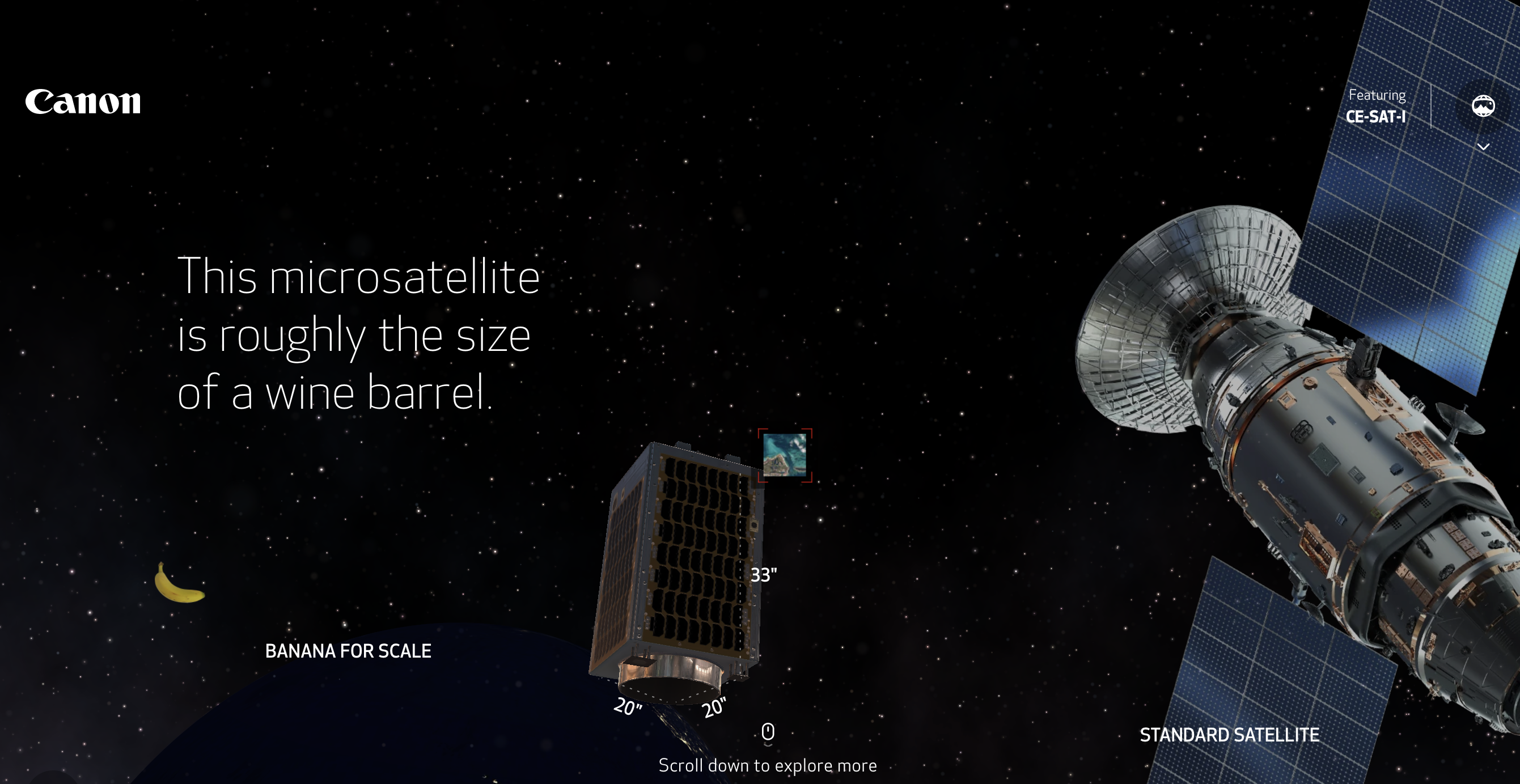
The images were taken with Canon’s CE-SAT-1 satellite. You can explore and learn more about their satellite through the same site, where you can find out that it’s only roughly the size of a wine barrel and way smaller than the average satellite.
Canon launched the CE-SAT-1 back in June 2017. It holds an EOS 5D Mark III camera that’s fitted with a 40 cm Cassegrain-type (mirror) 3720mm telescope. According to Canon, it is currently circling the Earth at a 600 km orbit (375 miles).
It also provides about a 36-inch ground resolution within a 3×2 mile frame. By contrast, the world’s highest-resolution satellite, WorldView-4, can resolve down to 12 inches.
The EOS 5D Mark III camera is a professional-grade 22.3 megapixel full-frame digital single-lens reflex camera. It also includes an Intelligent Viewfinder, Canon’s advanced iFCL metering system, High Dynamic Range (HDR), and Multiple Exposure mode. The site is a showcase of what the EOS 5D Mark III can do in satellite imagery.
While the micro-satellite is able to view areas on earth from space, Canon is using the CE-SAT-1 for bigger goals. It is described as ‘small, light, and cost-efficient’ by the company, and it hopes to build a billion dollar business around them by 2030.
“The CE-SAT-1 is making it easier to see our world from a different perspective, from tracking ocean pollution and detective wildfires to traffic management and optimising crop yields. It’s not just redefining how we see or planet, it’s helping to improve it, too,” says Canon.
[ SOURCE, IMAGE SOURCE ]

